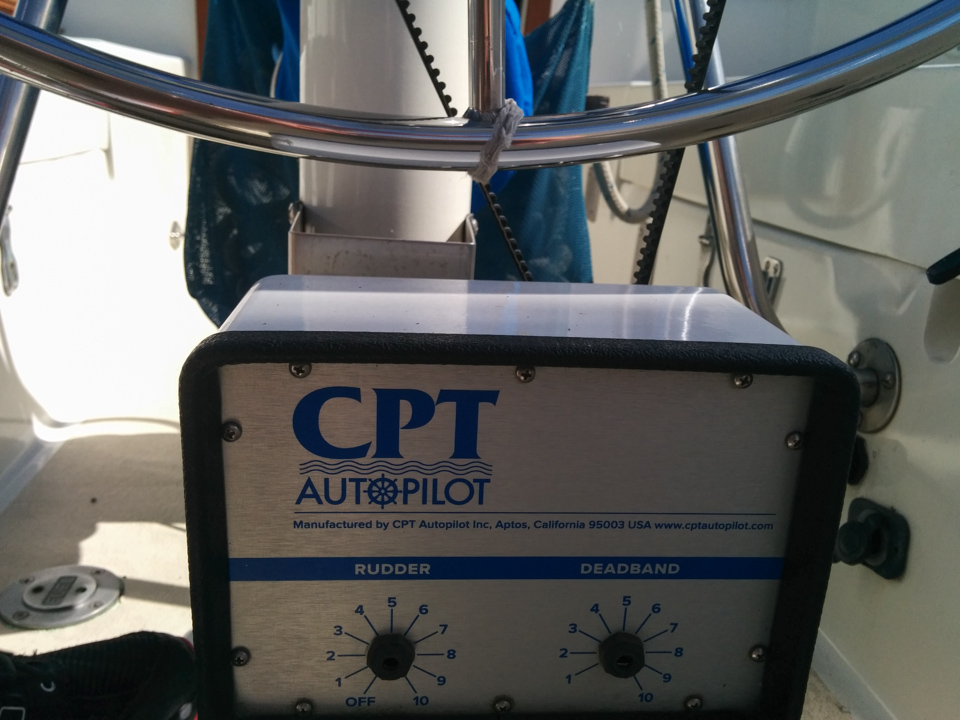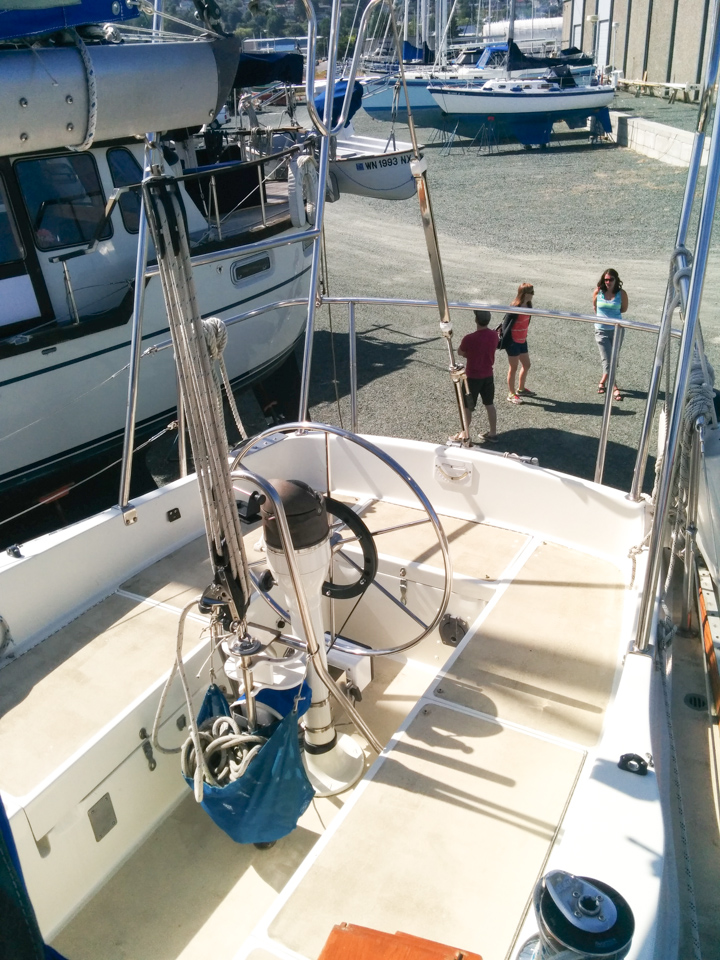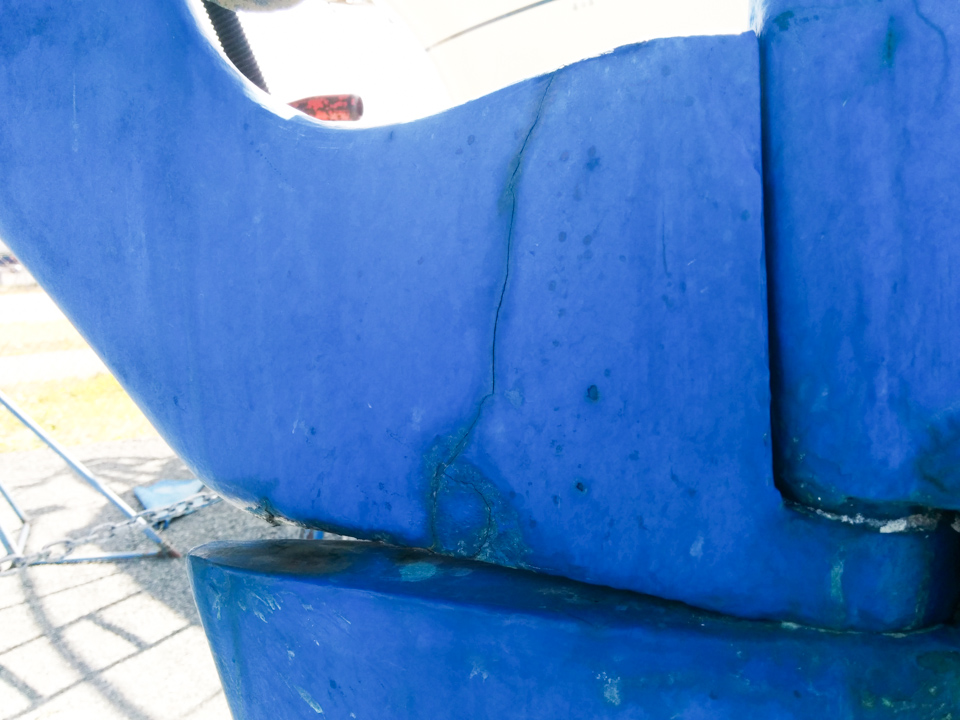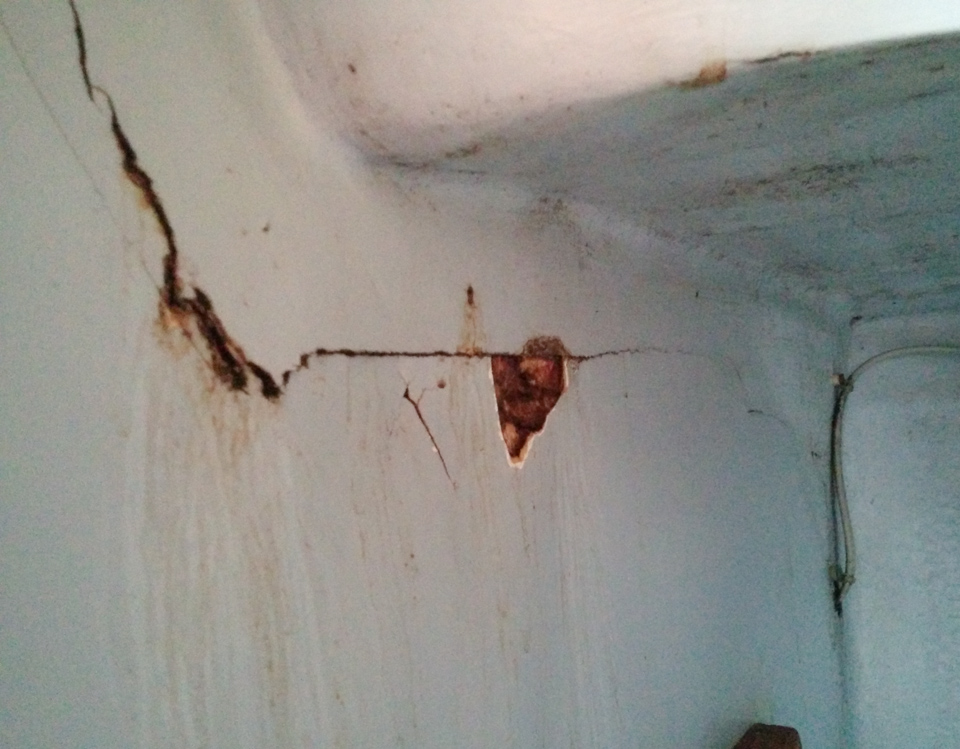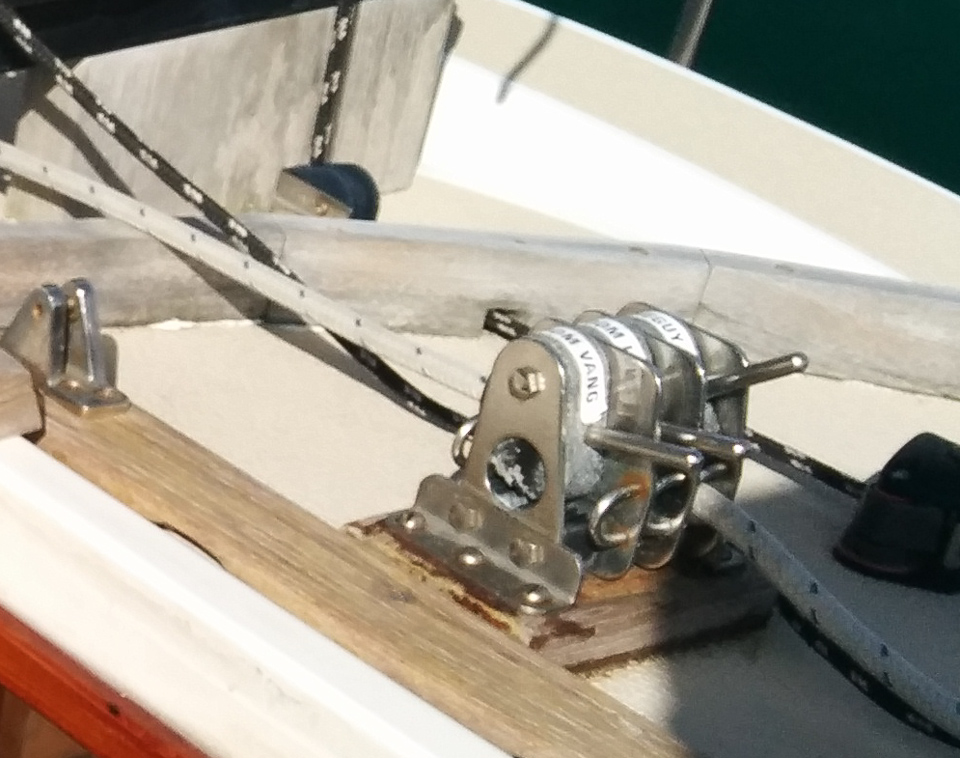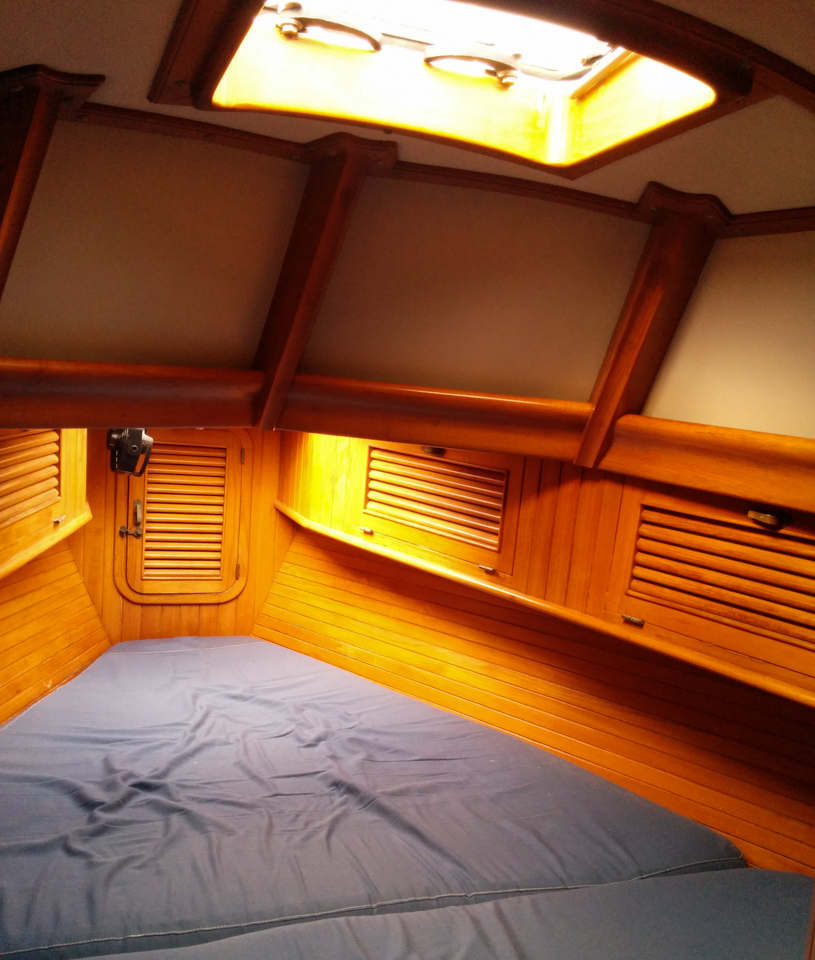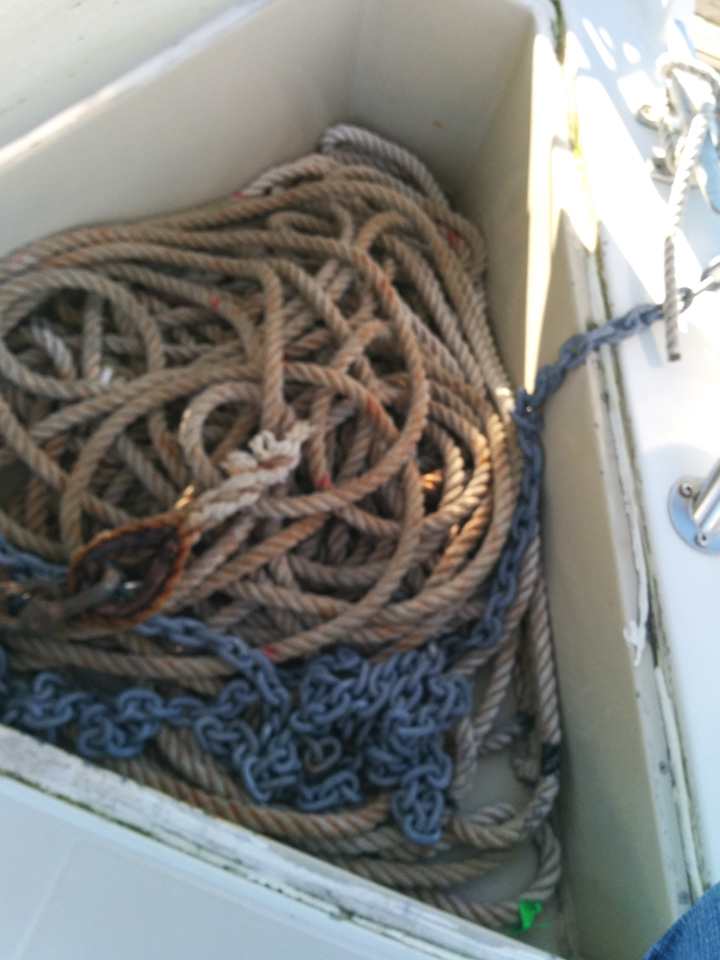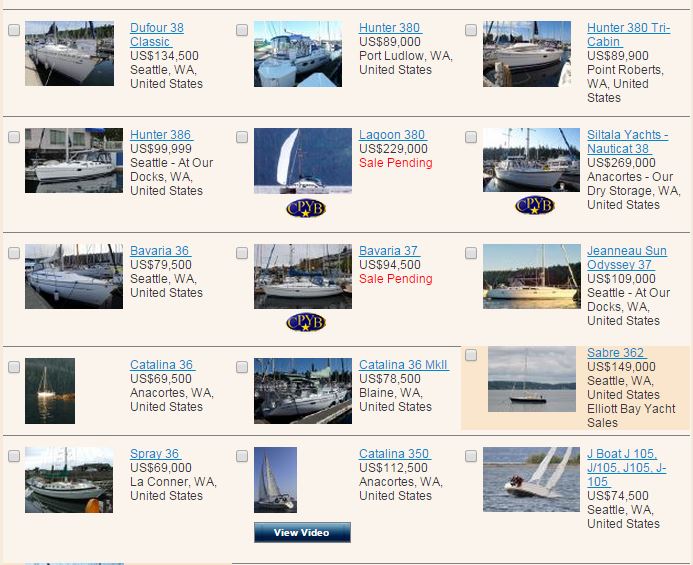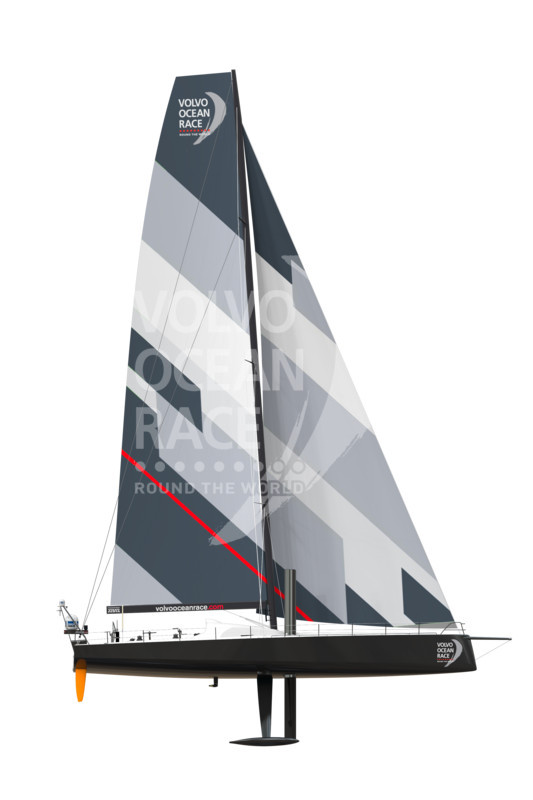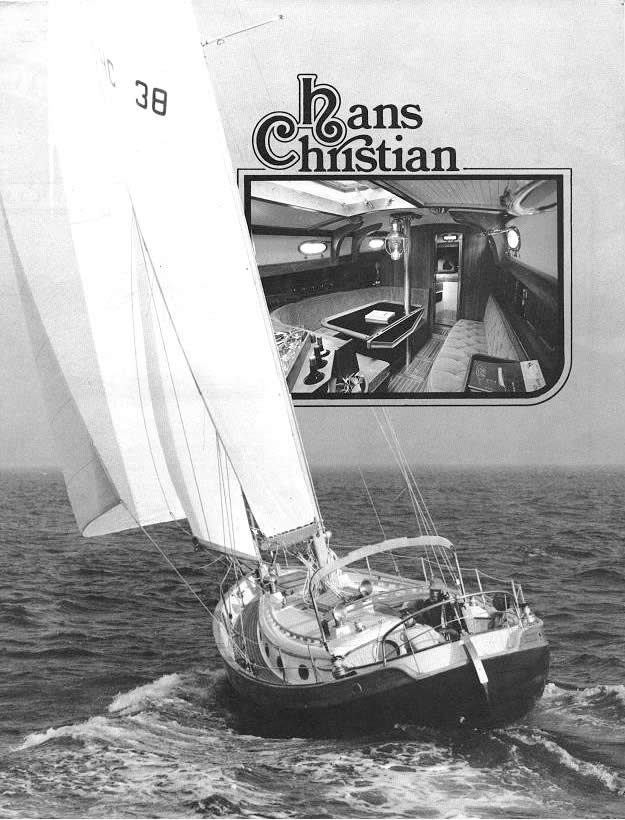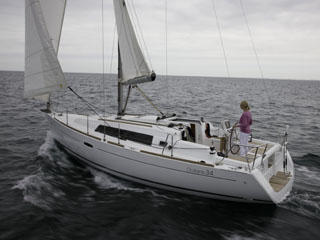Last week I drove up to Vancouver for the survey and sea-trial of a C&C 38 Landfall named “Lone Star” that I’m working on buying.

Crossing the border with my NEXUS pass
This was only my second time seeing the boat, and in the first visit in December the deck had been covered with snow/ice. So I was a little nervous – would this still be the great boat I thought it was, and was the deck in decent shape now that I could see it uncovered?
Buying a boat is kind of like buying a house – you pick the one you want, and then wait a month or so, hoping you picked the right one and no deal-breakers arise.
Arriving at the boat on Granville Island, the owner was there to skipper during the sea-trial, which was excellent since he knows the boat best and could answer questions I had.
First we took it to be hauled out for the out of water survey (the in-water survey had been completed the week prior when I was sick with the flu).
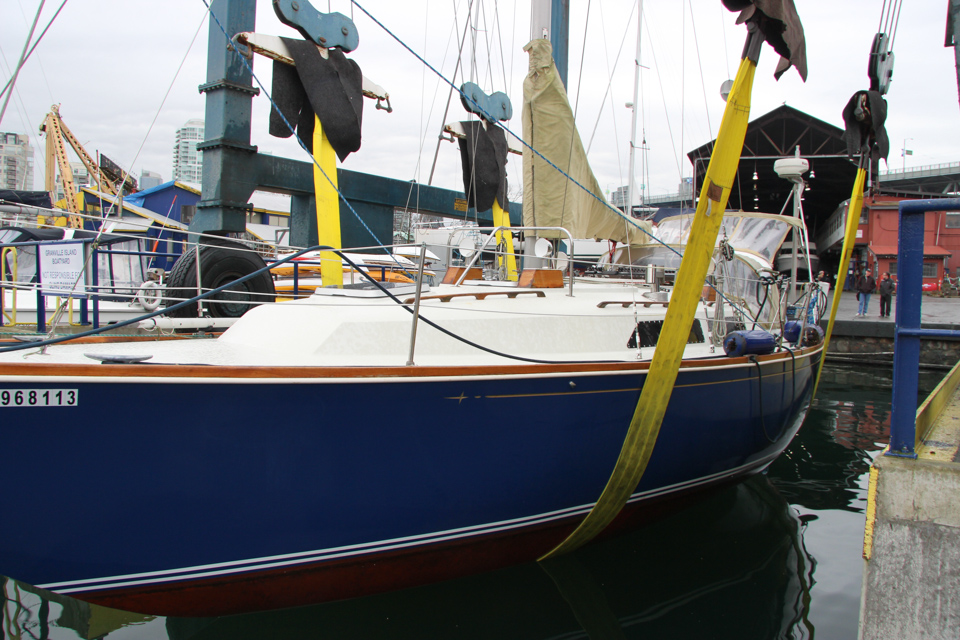
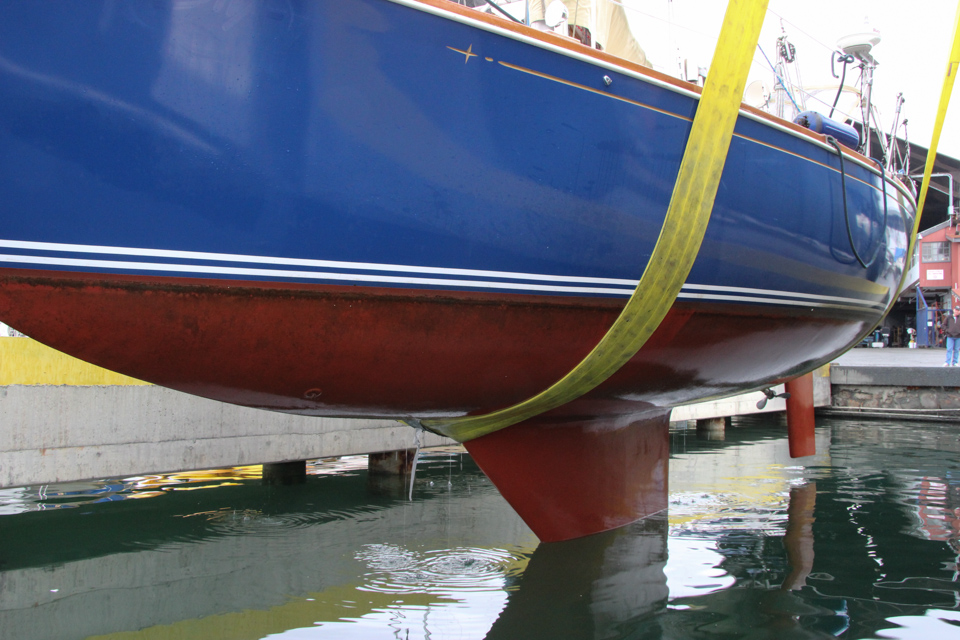
Trevor from Aegis Marine Surveys (partner of Tim, who was also at the in-water survey last week) did the survey, and did a tremendous job. I have a list of close to 40 things to fix now. But that’s what happens when you hire a good surveyor – the better the surveyor, the more issues they find. That can make it seem like you’re getting a worse boat – but no, you’re getting the same boat you would have gotten if you had hired a less thorough surveyor, but now you know about more of the issues instead of being in the dark. Knowing is always a good thing.
Next came the sea-trial. We took her out in a light rain, and were fortunate to find about 8 knots of wind out on the bay. She sailed well at a nice speed, and it was a pleasure to watch the huge genoa power up the boat.
Here’s a short video I made of the survey and sea-trial (switch to fullscreen and HD for better quality!):
[youtube=http://www.youtube.com/embed/watch?v=_FYiZrInFz8&vq=hd1080]
I got the survey report later in the week. Most of the issues are minor things that I can fix myself. The more major things will need to be fixed at the next haul-out, which may not be till the Fall. The seacock backing plates have deteriorated / rotted and need to be replaced (may opt to replace all thru-hulls at that time). A sloppily plugged deck fill port needs to be redone to prevent leaking into the core. There are a few minor interior leaks that need to be fixed – in deck windows, deck penetrations, and a head hose. The engine survey also found a few issues, including soot in the oil analysis, which was concerning because it might be a sign that it’s burning oil.
The good news was there are no serious issues like hull or structure damage, the sails are in decent shape, and most of the systems are working.
Now there’s just a little bit more of waiting to do and then hopefully we’ll close the sale!




